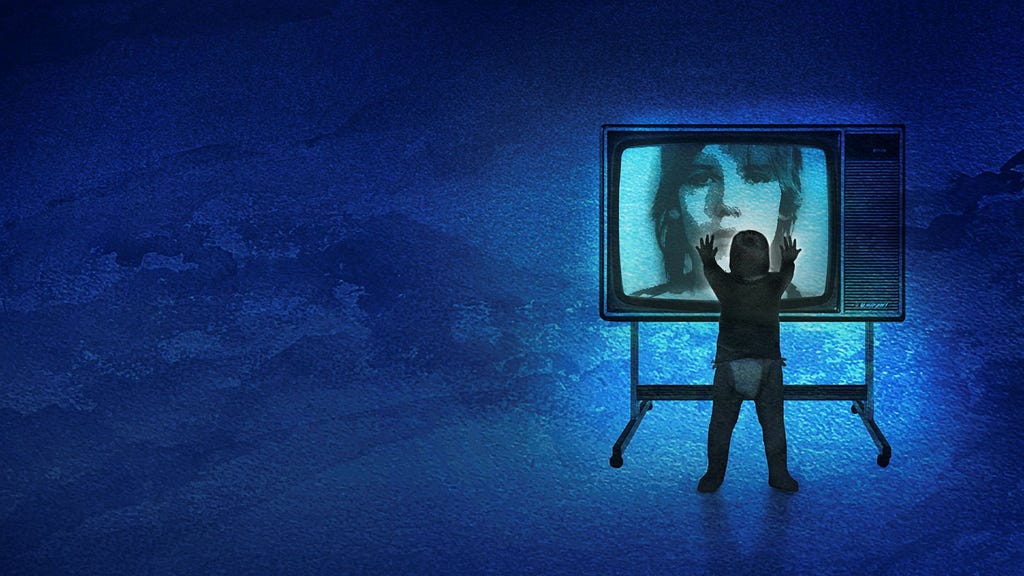The Catrine da Costa case, one of Sweden’s most controversial criminal investigations, continues to baffle and disturb. SVT’s documentary, ”Det svenska styckmordet” (The Swedish Body Saw Murder), revisits this complex case, offering a clearer perspective on the events, the era, and the individuals involved. The documentary humanizes Catrine da Costa, moving beyond the sensationalized headlines and presenting her as a person, not just a victim. Furthermore, it provides powerful interviews with Teet Härm and Thomas Allgén, the two doctors acquitted of murder but convicted of dismemberment and stripped of their medical licenses. Their testimonies are both compelling and illuminating, shedding new light on the events of that fateful summer.
The documentary presents a compelling argument for the doctors’ innocence, echoing the findings of Per Lindeberg’s book, ”Döden är en man” (Death is a Man). The resounding silence surrounding this new evidence speaks volumes, especially considering the intense media scrutiny and public condemnation the doctors faced during the original trial. This lack of counter-arguments suggests a shift in public opinion, a reluctant admission of a potential miscarriage of justice. The original trial unfolded during the turbulent period following Olof Palme’s assassination, a time when Stockholm police were under immense pressure and arguably made significant errors in both investigations. The media played a crucial role in shaping public perception of the da Costa case, with some outlets, like Expressen, engaging in sensationalist reporting that potentially prejudiced the public against the accused.
Per Lindeberg’s book was a turning point, challenging the prevailing narrative and prompting some, like authors P.O. Enquist and Yrsa Stenius, to reconsider their stance on the case. However, many remained unconvinced or quietly ashamed of their previous convictions. Despite criticism, even within Dagens Nyheter, Lindeberg’s work laid the groundwork for a re-examination of the case, paving the way for the documentary to present a more nuanced perspective. ”Det svenska styckmordet” builds upon Lindeberg’s research, using visual and narrative elements to bring the story into the present day and explore the lasting impact of the case.
Hanna Olsson’s feminist interpretation of the case, articulated in her book ”Catrine och rättvisan” (Catrine and Justice), played a significant role in shaping public discourse. Her work highlighted the vulnerabilities of prostitutes and the systemic biases within a male-dominated society. Olsson argued that misogyny had corrupted the judicial process, portraying the acquittal of the doctors as a symptom of a larger societal problem. While her focus on societal inequalities was important, her application of these theories to the da Costa case appears increasingly flawed in light of the new evidence.
Olsson’s claims of a hidden conspiracy within the justice system and the intentional dismissal of female witnesses appear less credible today. Her strong disapproval of the acquittal, suggesting the doctors received lenient treatment, contrasts sharply with the emerging consensus of their potential innocence. Her analysis seems particularly flawed concerning the general practitioner, whose ex-wife’s accusations of incest against their daughter played a significant role in the trial. The daughter’s testimony, interpreted through the potentially biased lens of her mother, alleged witnessing a gruesome act at the Forensic Medicine Department, a claim supported by child psychiatric experts at the time. This demonstrates the prevailing biases and flawed practices of the era.
”Det svenska styckmordet”, supported by Lindeberg’s research and Leif GW Persson’s observations about the logistical impossibility of the doctors committing the crime within the given timeframe, effectively dismantles the prosecution’s case. The documentary highlights the dangers of media conformity and the suppression of dissenting voices, referencing Ian Buruma’s insights on the chilling effect of challenging the prevailing zeitgeist. The tragic consequence of this case is that Catrine da Costa’s murderer likely remains free, while two doctors’ lives were irrevocably damaged. A formal apology from the Swedish state is not only warranted but essential to address this historical injustice and restore some measure of dignity to the wrongly accused. The Catrine da Costa case serves as a stark reminder of the fallibility of the justice system and the devastating consequences of unchecked media narratives.














